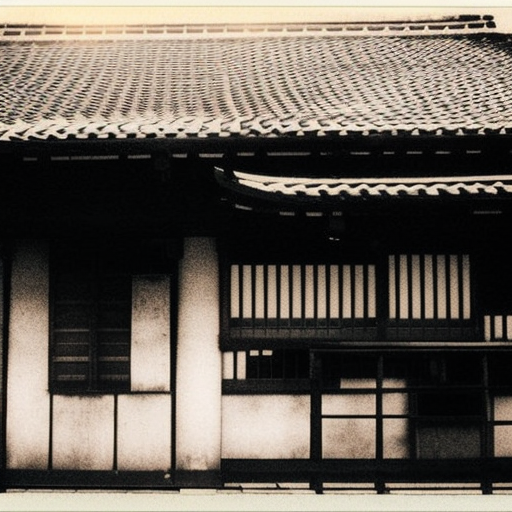Summary:
The Edo period, also known as the Tokugawa period, was a time of peace, stability, and isolation in Japan from 1603 to 1868. It was characterized by the rule of the Tokugawa shogunate, the establishment of a rigid social hierarchy, the growth of urban culture, and the preservation of traditional Japanese arts and customs. The Edo period came to an end with the Meiji Restoration, which marked the beginning of Japan’s modernization.
Background:
The Edo period began when Tokugawa Ieyasu, a powerful daimyo, emerged victorious in the Battle of Sekigahara in 1600. He established the Tokugawa shogunate and moved the capital from Kyoto to Edo (present-day Tokyo). The shogunate centralized political power and implemented strict control over the daimyo, effectively ending the era of warring states.
Political and Social Structure:
Under the Tokugawa shogunate, Japan was governed by a strict hierarchical structure. At the top was the shogun, followed by the daimyo (feudal lords), samurai warriors, and then the commoners. The social order was based on Confucian principles, with an emphasis on loyalty, duty, and respect for authority.
The shogunate implemented a policy of isolation known as sakoku, which restricted foreign trade and contact with the outside world. Only a few designated ports were open for limited trade with the Dutch, Chinese, and Koreans. This isolation allowed Japan to maintain internal stability and preserve its cultural traditions.
Economic Development:
During the Edo period, Japan experienced significant economic growth. The shogunate implemented policies to promote agriculture, resulting in increased food production and population growth. The growth of cities and towns led to the development of a merchant class, who played a crucial role in the economy. Edo (Tokyo) became the largest city in the world, with a population exceeding one million.
The economy was based on a feudal system, with the daimyo controlling large agricultural estates and collecting taxes from the peasants. The samurai, who were no longer engaged in constant warfare, became bureaucrats or took up other professions. The merchant class, although considered lower in social status, accumulated wealth and influenced cultural trends.
Urban Culture and the Arts:
The Edo period witnessed the flourishing of urban culture and the arts. Kabuki theater, a form of popular entertainment, gained popularity among the commoners. Woodblock prints, known as ukiyo-e, depicted scenes from everyday life, landscapes, and famous actors. The works of artists such as Hokusai and Hiroshige became highly sought after.
Literature also thrived during this period, with the publication of famous works such as “The Tale of Genji” and “The Pillow Book.” Haiku poetry, characterized by its brevity and focus on nature, also gained popularity.
End of the Edo Period:
The Edo period came to an end with the Meiji Restoration in 1868. The restoration marked a period of rapid modernization and Westernization in Japan. The shogunate was abolished, and political power was returned to the emperor. Japan opened its doors to foreign trade and embarked on a path of industrialization and military expansion.
In conclusion, the Edo period was a time of stability, isolation, and cultural development in Japan. The Tokugawa shogunate established a rigid social hierarchy and implemented policies to promote economic growth. The period witnessed the flourishing of urban culture, arts, and literature. However, the Edo period eventually gave way to the Meiji Restoration, which marked the beginning of Japan’s transformation into a modern industrialized nation.












